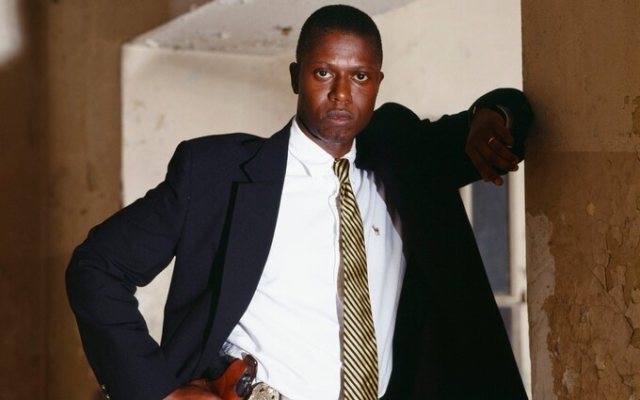 Andre Braugher as Det. Frank Pembleton Photo: nbc
Andre Braugher as Det. Frank Pembleton Photo: nbc
The 1991 book Homicide: A Year on the Deadly Streets begins like any great detective story: with a body. Except that the book, written by David Simon, the future creator of The Wire, is not a work of fiction; and the detectives there are not like those from the movies.
Standing around the body of a 26-year-old street vendor, the detectives act flippantly and dispassionately: the body is just another case to file. They joke about the bullet wound in his head (“You can fix it…they have these home repair kits now”); talk about extinct human life in encrypted form (“He was ten-seven when we arrived here”); and stop to laugh at a cross-dressing prostitute (“Sir, do you have time?”) before the real detective work begins: receptionist, phone calls, grand jury summons, unreliable witnesses, painfully long shifts and very little sleep.
As a journalist for The Baltimore Sun, Simon spent a year in the city's homicide department and immediately dispelled the myth of the Great American Detective, a myth largely perpetuated by movies and television. The scene also sets the tone and rhythm for the television series based on the book Homicide: Life on the Street, a groundbreaking police procedural that ran for seven seasons from 1993 to 1999.Nearly a decade before Wire, based on a true story from the same city, the same police department, and the same people, Homicide: Life on the Street rewrote the rules of the police drama. It put the characters in front of a crime and started the idea of a romantic television series. A heavy detective series that struggled in the ratings with lighter shows like Home Improvement and Nash Bridges.
The book, developed by director and producer and Baltimore native Barry Levinson, came to Levinson as a potential film project. «It was sent to me,» Levinson said in 2000. “Because almost everything written in Baltimore is sent to me.” Levinson was by then an Academy Award-winning director (he had won for 1988's Rain Man), but he felt the project would translate better to television, which had the opportunity to explore the detectives' lives over time. He wanted realism: to display both the reality of Baltimore and the results of the work.
Levinson invited Tom Fontana, writer and producer of the hospital drama “St. In the other place». “I want to make a cop show without shootouts or car chases,” Levinson said. “Well, that’s impossible,” Fontana recalled thinking. “I have to participate in this.”
NBC gave Levinson a rare degree of creative control, including casting his murder mystery ensemble cast. The unofficial star of the series will be Andre Braugher, who died today aged 61 after a short illness, as Detective Frank Pembleton, a powerful actor of ego, bluster and keen arrogance. Pembleton butts heads with his partner Tim Bayliss, played by Kyle Secor, a fresh-faced newcomer whose first big case—the rape and murder of 11-year-old Adena Watson—begins a complex, multi-layered relationship between Pembleton and Bayliss that develops over six years. years.
Former Bond villain Yaphet Kotto will play shift commander Lt. Al Giardello, while the rest of the unit will be played by Daniel Baldwin, Clark Johnson, stand-up comedian Richard Belzer, future Oscar winner Melissa Leo, and veteran actors Ned Beatty and Jon Polito.
< p>Paul Attanasio wrote the pilot script (Attanasio received a «creator» credit on the series) and based the characters on real-life detectives from David Simon's book. Some of Baltimore's best have even signed on to serve as consultants and technical advisors. Gary D'Addario, the real-life lieutenant on whom Yaphet Kotto's character is based, reviewed the script for accuracy. As David P. Kalat's book about the series recalls, Richard Belzer, who became a star as Detective John Munch, joked that D'Addario would «keep everyone honest.»
 Ned Beatty as Det. Stan Bolander and Richard Belzer as Det. John Munch Photo: NBC
Ned Beatty as Det. Stan Bolander and Richard Belzer as Det. John Munch Photo: NBC
The series' main stories are also based on true crimes. The Adena Watson case, which spanned the first season and still haunts Detective Bayliss years later, was based on the sexual assault and murder of 11-year-old Latonya Kim Wallace. Other cases, such as the Black Widow who killed several husbands for insurance payouts and an officer being shot in the head while blinded by a bullet, were featured in the first season. “I think by the end of six years we had pretty much sucked every comma and question mark out of this book,” Fontana said in the DVD commentary.
Barry Levinson had an unconventional vision for the series' aesthetic. The murder will be filmed on 16mm, a cheaper, more mobile camera that will allow directors to fly around and circle the actors. “We let the actors act out the scene, and the camera kind of followed what was happening and captured it,” Levinson recalled. It was a fast-paced working style that the actors and directors, who included future big names such as Bond director Martin Campbell and Game of Thrones regular Alan Taylor, had to get used to.
Levinson advised editor Tony Black to use abrupt transitions, sometimes repeating lines of dialogue or switching between different takes of the same scene, and also muted the color of the image (in the original plans, the image was stripped of almost all color, so it would have been largely black, white and red). Levinson admitted that one of the first criticisms was how «lackluster» the show was. “Everyone is used to the vibrancy of Murder, She Wrote,” he said. “So it seemed bleak in comparison.”
Homicide: Life on the Street debuted on January 31, 1993, and aired immediately after Super Bowl XXVII. It was watched by an impressive 18.24 million viewers. But after moving to Wednesday nights, ratings fell for the rest of the season due to struggles with ABC's «Home Improvement.» Despite critical acclaim from the start, The Killing's middling ratings marked the beginning of a rocky relationship between the series and the network. NBC was very pleased with the pilot and rushed the series to air, but it felt like NBC didn't quite understand what Levinson and Fontana were trying to do.
 The cast of David Simon's «Homicide: Life on the Street»
The cast of David Simon's «Homicide: Life on the Street»
«The network executives were saying, 'Well, are there going to be murders every week?' — recalls Fontana. “And I was like, “Yeah, it’s called Murder!”
The show was also in the shadow of NYPD Blue, which also debuted in 1993 and was known for its edgier content and increased foul language. and nudity.
“We never expected The Killing to be a top 10 show,” Fontana said. “This show was not made to be a top ten show. We thought, «We're going to make this really special show, and the people who get it will get it.» And other people will watch Nash Bridges or something like that.”
The centerpiece of the homicide unit is the «board,» a white board on which the names of all the victims are listed: open cases in red, murder permits in black (Levinson recalls that behind the scenes, everyone wanted their name on the board). Several storylines play out around him simultaneously, sometimes spanning multiple episodes, and in some cases, such as the murder of Adena Watson, they are never resolved. For the writers, the characters, not the crimes, were the essence of the series. “It was more about the living than the dead,” Levinson said. Fontana agreed. “Writing the characters was so much fun that the murder always worked out!” he said.
NBC gave notes asking for fewer stories per episode and changed the episode order (which it would continue to do in subsequent seasons), which caused continuity problems. It was ahead of its time and even now (in the right order I might add) the flow and pacing of the first season is hard to grasp. But it peaks in «Three Men and Adena,» in which Bayliss and Pembleton interrogate their prime suspect in the Adena Watson case during an episode-long interrogation. This is a searing television drama in which Pembleton and Bayliss try to psychologically coerce their suspect into confessing. He is eventually released.
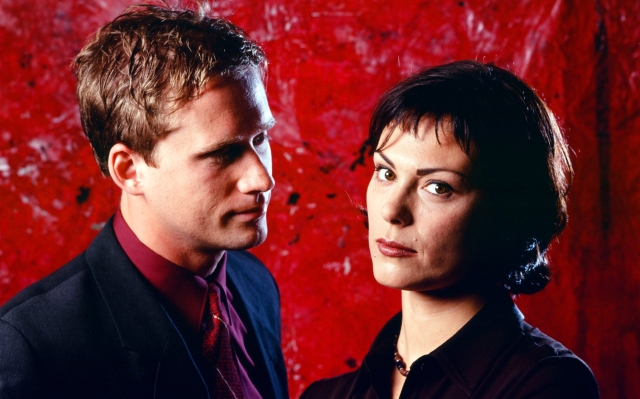 Kyle Secor as Det. Tim Bayliss and Michelle Forbes as Dr. Julianne Cox Photo: nbc
Kyle Secor as Det. Tim Bayliss and Michelle Forbes as Dr. Julianne Cox Photo: nbc
“As far as whodunits and murders go, I think it’s as honest as it gets,” Levinson said of the series. “We've allowed all human frailties to become part of what makes the homicide squad so difficult because of how these guys are affected by the fact that they're dealing with people being killed day in and day out. basis… It's impossible to achieve perfection, but I think we are as accurate as possible.»
Baltimore Police praised the series for its realism and respect for its work. As David P. Kalat's book recalls, the production looked so realistic that at one point the criminal attempted to surrender to two actors; people also came to the layout station to report crimes. Although the series did receive some criticism from local cops for its plot, in which a uniformed officer kills an unarmed suspect and tries to cover it up — it is also based on a real-life case from the book by David Simon.
NBC put the series to the test and ordered just four episodes for the second season. David Simon joined the writing team for the first time (he later became a series regular) and co-wrote the standout episode «Bob Gun,» starring Robin Williams, Levinson's pal and co-creator from Good Morning Vietnam. and toys.
Williams plays a father whose wife is shot to death in front of him and his children while on vacation in Baltimore (look closely and you'll notice Williams' son is played by a very young Jake Gyllenhaal). Williams' performance is on par with his serious dramatic turns in Good Will Hunting and Insomnia. Other future guest stars included Chris Rock, Steve Buscemi, James Earl Jones, Bruce Campbell, Paul Giamatti, Edie Falco, Lily Tomlin and Jena Malone.
By season three, the show broke some of its rules. It focuses more on the less realistic «red ball» cases (a term borrowed from the book, meaning a high-profile, high-pressure crime under intense media and public scrutiny), including a three-episode arc about the «white glove» series. the killer and the dramatic execution of the three main characters. Plus the occasional cliché: “I’ll give you 48 hours!”
The producers seemed to bow to some pressure from NBC. It appears brighter and the more chaotic editing is muted. The series also added more women (apparently at NBC's insistence), starting with Isabella Hoffman as Lt. Megan Russert, the first of several series regulars to join the series in subsequent seasons.
Melissa Leo's existing role as Detective Kay Howard, the lone female detective in the first two seasons, was actually realistic—there was only one woman on the Baltimore homicide squad at the time. The character is also insightful about the reality of his situation. “I’m surrounded by men solving crimes by men against men,” she says in one episode.
The characters even talk about changes in the third season's tricky opening scene, poking fun at how networks are forcing TV shows to include more sex. «I miss Hawaii Five-O,» Bohlander tells Neda Beatty.
But the third season is perhaps The Killing's best: it's still quite distinctive — the plotline about the detectives buying a bar together gets as much airtime as the murders — but with the undeniable pleasure of a more formulaic crime drama. And television remains extremely difficult: Pembleton suffers a crisis of faith; Detective Daniel Baldwin's marriage is broken; and Crosetti kills himself.
While Baldwin and Ned Beatty left the cast in the fourth season, the series received strong ratings thanks to crossover episodes with Lowe & Order. (Years before Marvel heroes started jumping between each other's films, Richard Belzer's detective John Munch was the king of crossovers—he appeared in Law & Order, The X-Files, The Wire, Arrested Development, 30 Rock» and others.) The best episode would be the return to the Adena Watson case, as Pembleton and Bayliss investigate an almost identical murder. Four years later, Bayliss is still haunted by the case, jeopardizing the new investigation and his own mental well-being. Even Adena's mother tells Bayliss, «Why can't you just leave it at that?»
Season five continued to take dark creative risks. After suffering a stroke, Pembleton faces physical and mental consequences, including speech problems. The producers thought it would hurt ratings, but messing with the show's most popular character would have the opposite effect.
By its sixth season—by which point most TV series struggle for fresh ideas—Homicide was still capable of incredible television. In the episode «Subway», Vincent D'Onofrio is pushed in front of a train and is crushed almost in half. Throughout the episode, he is pinned to the edge of a platform, talking to Pembleton, and facing certain death. It's a powerful and disturbing watch that won the series a Peabody Award. Writer James Yoshimura and D'Onofrio were nominated for an Emmy Award for the episode, and Andre Braugher won an Emmy Award for his overall role as Frank Pembleton that same year and later starred in the lead comedy-drama Brooklyn Nine-Nine » in 2013–2021. . The seventh and final season aired in 1999, followed by a TV movie in 2000.
The show was never particularly well known in the UK, but you'll no doubt have noticed its influence — not least in the UK . The wire. Just as the detective who answers the call becomes the lead investigator on the case, Homicide: Life on the Street seems to be the staple plot of a modern crime drama. It's best summed up by Adena Watson: expansive and epic, taking bold creative risks, and whose drama lies in the deep connection and conflict between the characters. But most importantly, there is no Hollywood solution here. The case is never closed.








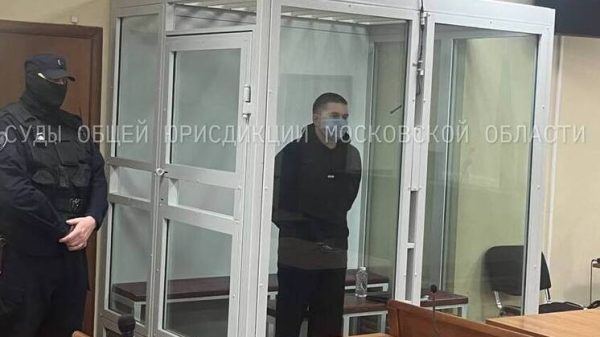



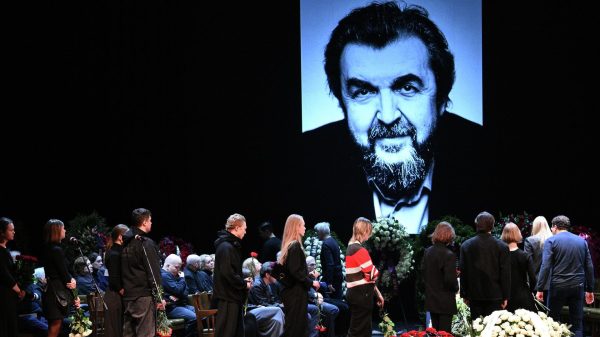
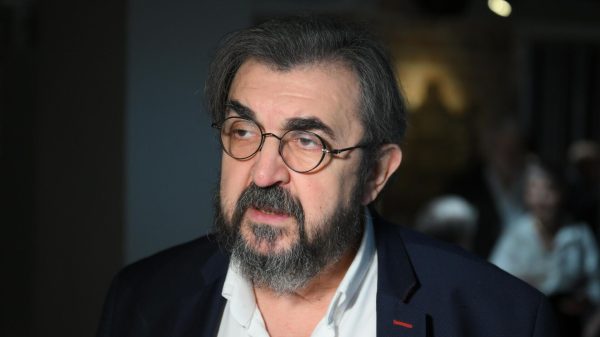












































Свежие комментарии